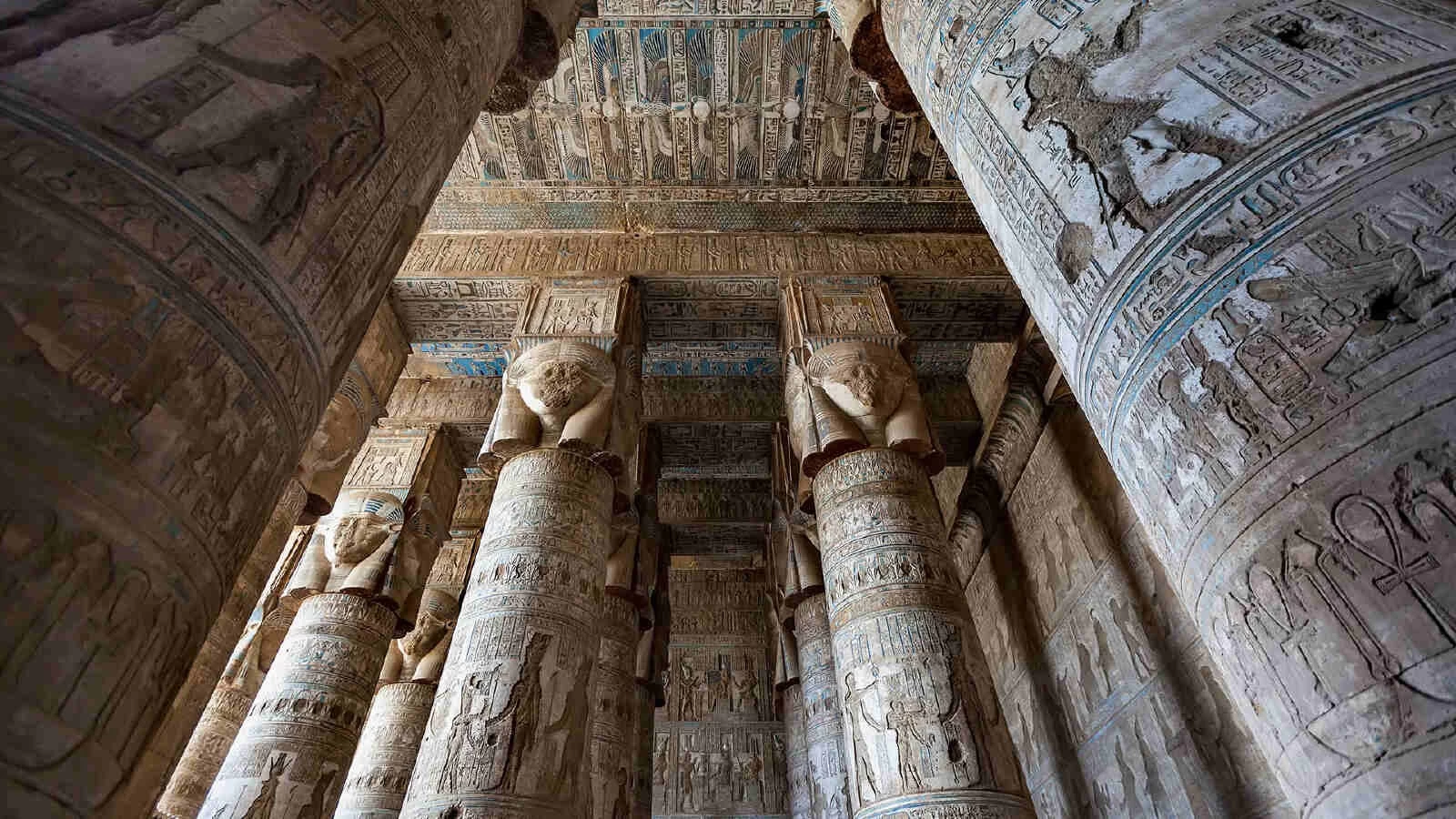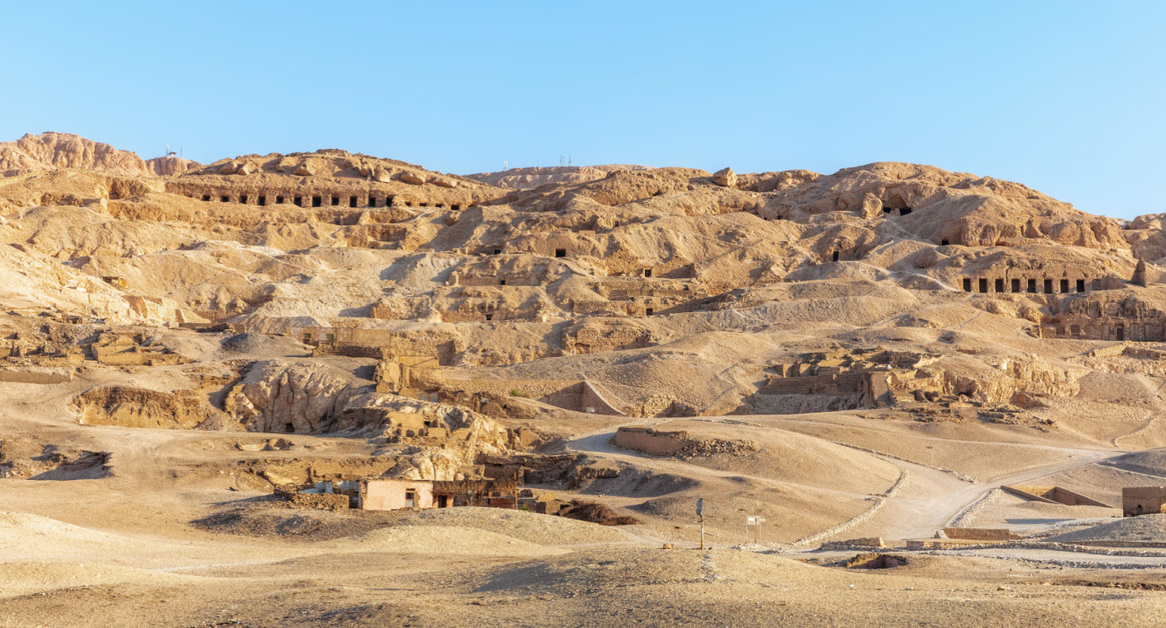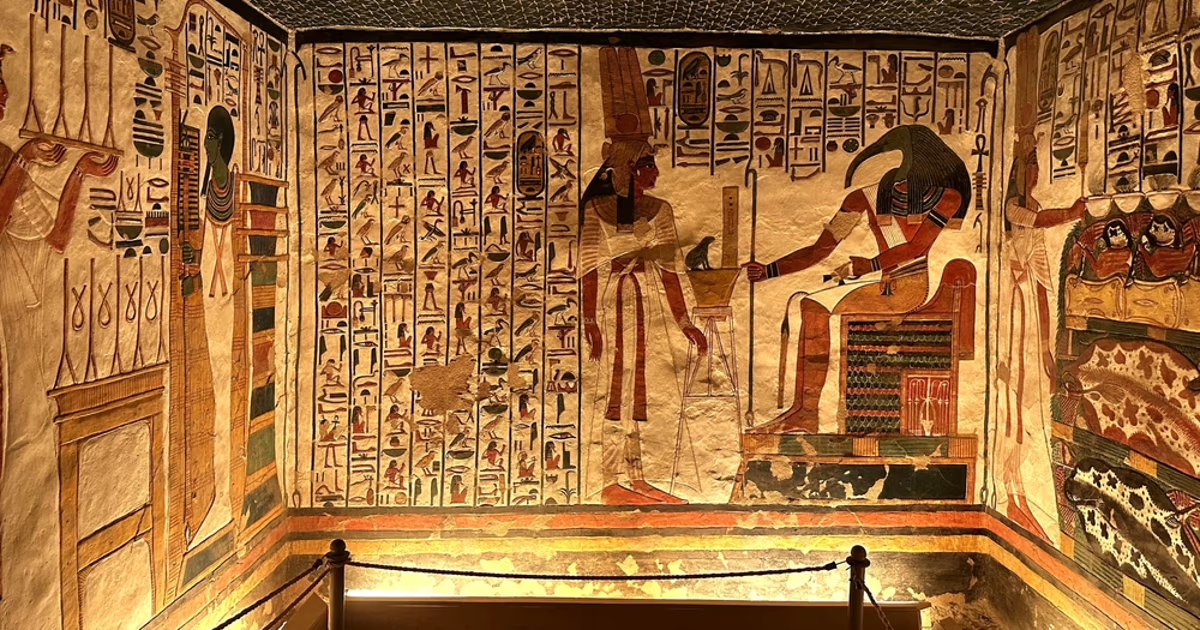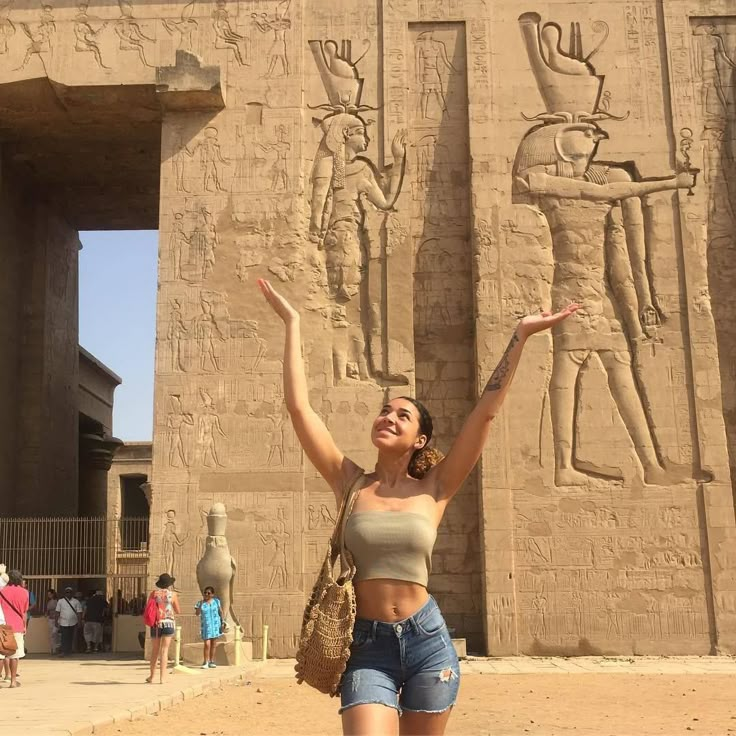The Royal Cache at Deir el-Bahri
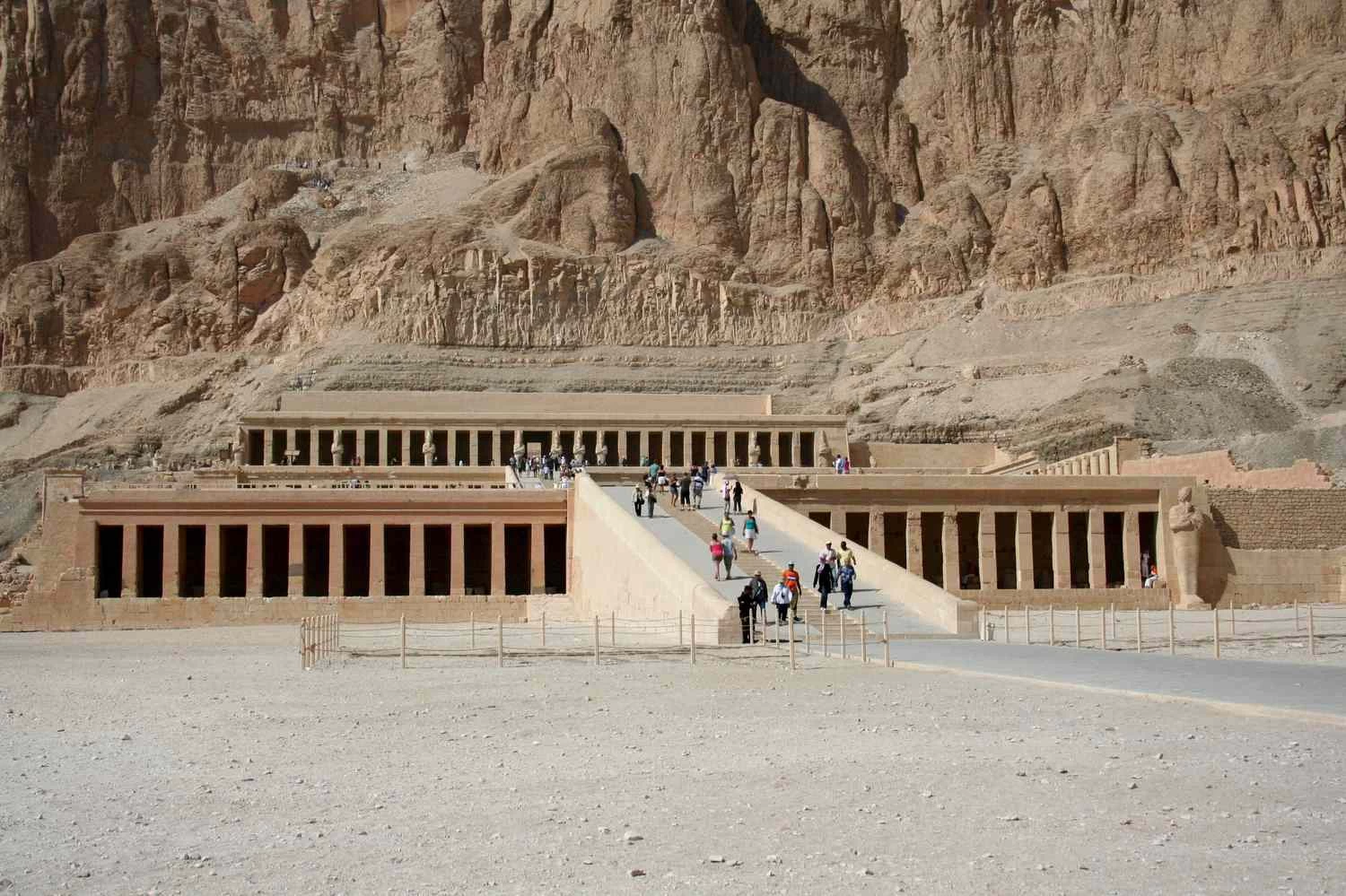
Unlock the Secrets of Ancient Egypt: Explore the Royal Cache at Deir el-Bahri
Deep within the limestone cliff of the West Bank, Luxor, lies one of the least discovered and most important archaeological sites in Egypt: the Royal Cache at Deir el-Bahri. The site, formerly labeled Tomb TT320, was never intended as a public monument. It was a secret hiding site chosen by the priests in days of unrest to secure the bodies of more than 40 royal personages from the grubby clutches of grave robbers. Legends of Ancient Egypt, such as Ramses II, Seti I, and Thutmose III, find their resting place here.
Though the tomb itself is not open to the public, the stirring story behind it continues to attract tourists from all around the globe. The discovery of the Royal Cache in 1881 altered everything we thought we knew about Egyptian funerary practices. Today, many of the mummies found at TT320 are preserved and exhibited in the Luxor Museum, thus giving visitors a rare and personal glimpse into the lives of Egypt's ancient rulers.
Whether you are going on a group tour, a private Luxor day tour, or stopping over in the city on a luxury Nile cruise from Luxor, every day tour in Luxor must have this place included in the itinerary! If you are drawing up a bucket list of things to do in Luxor, let the Royal Cache—with its amazing tale of secrecy and survival—be the first on the list.
Where Is the Royal Cache Located, and How Can One Visit It?
The Royal Cache is situated atop the cliffs above Deir el-Bahri and not far from the gob-smacking Mortuary Temple of Hatshepsut on the West Bank of Luxor. It is part of a sacred landscape that includes some of Egypt's most iconic landmarks, such as the Valley of the Kings and Medinet Habu. While for reasons of conservation and protecting the very fragile remains, the tomb TT320 could not be entered, the site can still be visited on a guided tour where an Egyptologist will elaborate on the history, context, and significance.
From Luxor, this area is very close and should, thus, definitely be part of any Luxor West Bank tour. With just a short stay in the city, the best thing would be to book a day visit to Luxor, including this ancient site along with the major attractions of the region. Those embarking on a Nile cruise from Luxor can also book an onshore tour of Deir el-Bahri during their stay on land.
Having a private driver or taxi for the independent traveler is indeed an option, yet never miss the full experience: background stories, religious significances, archaeological insights, and everything else that entails. Always opt for professional excursions in Luxor that come with a knowledgeable guide.
Top Things to Know Before Visiting the Royal Cache
Before you finally land in the Royal Cache, a few things need to be kept in mind.
Key tips:
- TT320 is not open to tourists, but its history is narrated via exhibits at the Luxor Museum.
- Link your experiences to other things to do in Luxor, including the Mortuary Temple of Hatshepsut, Medinet Habu, and the Colossi of Memnon.
- It would best fit as a stop on a day trip to Luxor or on a river cruise from Luxor with historical stops.
Pro tip:
Water, a hat, and comfy shoes are advisable—the West Bank can be very hot and dry.
How to Get to Deir el-Bahri from Luxor
The trip from downtown Luxor to Deir el-Bahri is easy and pleasant and constitutes a perfect excuse to cross the Nile River and glide along the dramatic landscapes of the West Bank desert. The car is the usual mode of transport, either as part of a Luxor West Bank tour or a private Luxor day tour. Depending on your pickup location, the drive takes around 30-40 minutes from the East Bank.
Another wonderful thing to do would be to take a small boat crossing across the Nile to the West Bank and then maybe continue your way by minivan or taxi. This is a delightful add-on to your Luxor experience tour and offers a distinct set of views of the city and surrounding temples. Almost all organized tours of Luxor include hotel pick-up and drop-off, so you really would not have to stress if you are unsure about the logistics.
The journey to Deir el-Bahri also passes other vital landmarks, improving the possibility to plan a visit to the Valley of the Kings, Medinet Habu, and Ramesseum. Whether chosen as a stop from a hotel, a docked cruise ship in Luxor, or a stop for a day from another city, Deir el-Bahri stands as a convenient and iconic site to visit.
Guided Tours to the Royal Cache and Their Inclusions
Most tourists prefer to unravel the story of the Royal Cache through guided tours that present storytelling, archaeology, and actual adventure. Despite TT320's sealed status, your guide will take you as near as possible to the site while narrating the dramatic discovery and the historical account. Most tours also walk you through Hatshepsut's Temple, usually paired with a tour to the Valley of the Kings, Colossi of Memnon, and other major sites.
According to a private Luxor day tour, you will have flexible timings and detailed commentary and be able to personalize your journey. Some of these tours include a visit to the Luxor Museum, where they have many of the royal mummies from the cache. So, you get to know the whole cycle of the story, right from burial to discovery and then display.
A guided tour assures you of the complete Luxor experience for the day. It supports local guides and helps in heritage conservation. There are all kinds of ways to incorporate this story in your trip, whether you are doing Luxor by yourself or joining a Nile cruise out of Luxor.
Ticket Prices, Opening Hours, and Tips for Visiting
Here’s what you need to know to arrange your visit efficiently:
Entry details:
Deir el-Bahri site (Hatshepsut Temple) ticket: Approx. 140 EGP (~$5).
Luxor Museum ticket: Approx. 160 EGP (~$5.50), where the majority of the mummies from the cache are exhibited.
TT320 remains closed, but visiting the site and at least some temples is permitted.
Best times to visit:
6:00 AM–5:00 PM (may change from season to season).
Directly after sunrise would be perfect. The weather is still cool with fewer crowds.
Travel tips:
Book tickets ahead of time in the high season (October–April).
Add this tour to your East Bank or West Bank itinerary, depending on your schedule.
Do not miss the opportunity to see the real mummies in the Luxor Museum—it's among the top things to do in Luxor!
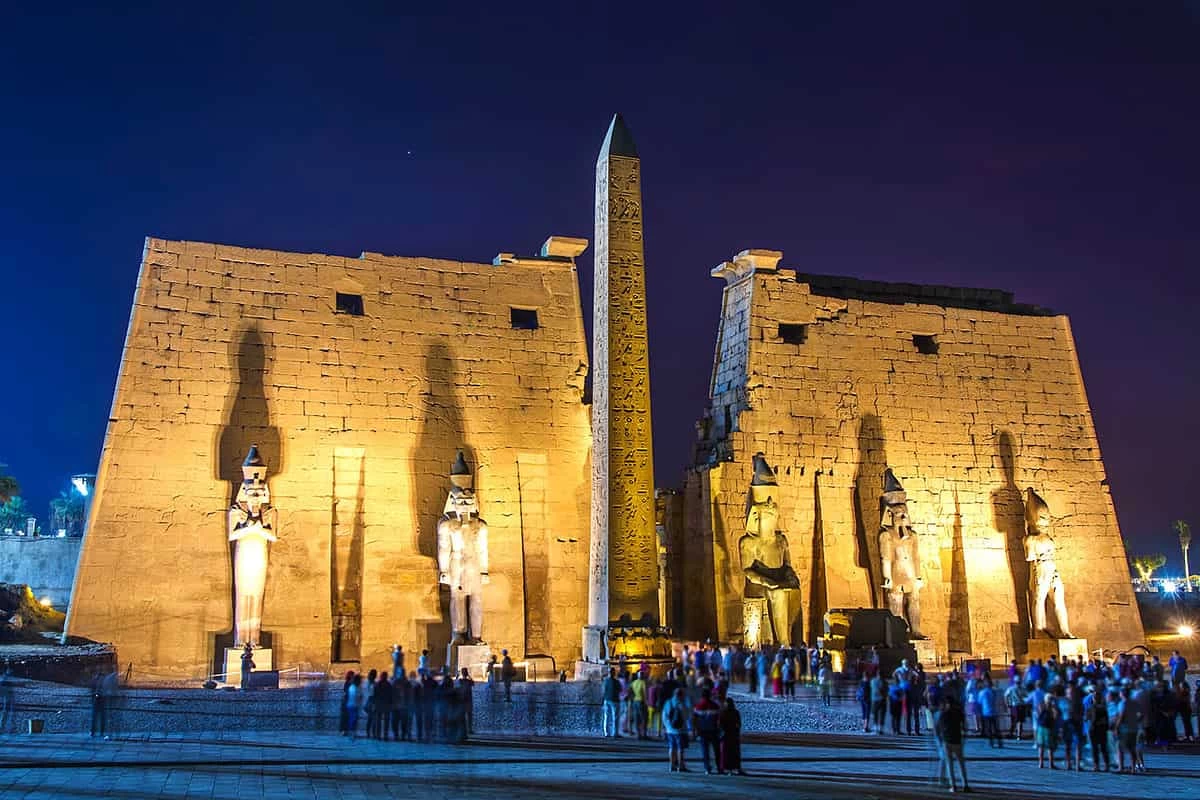
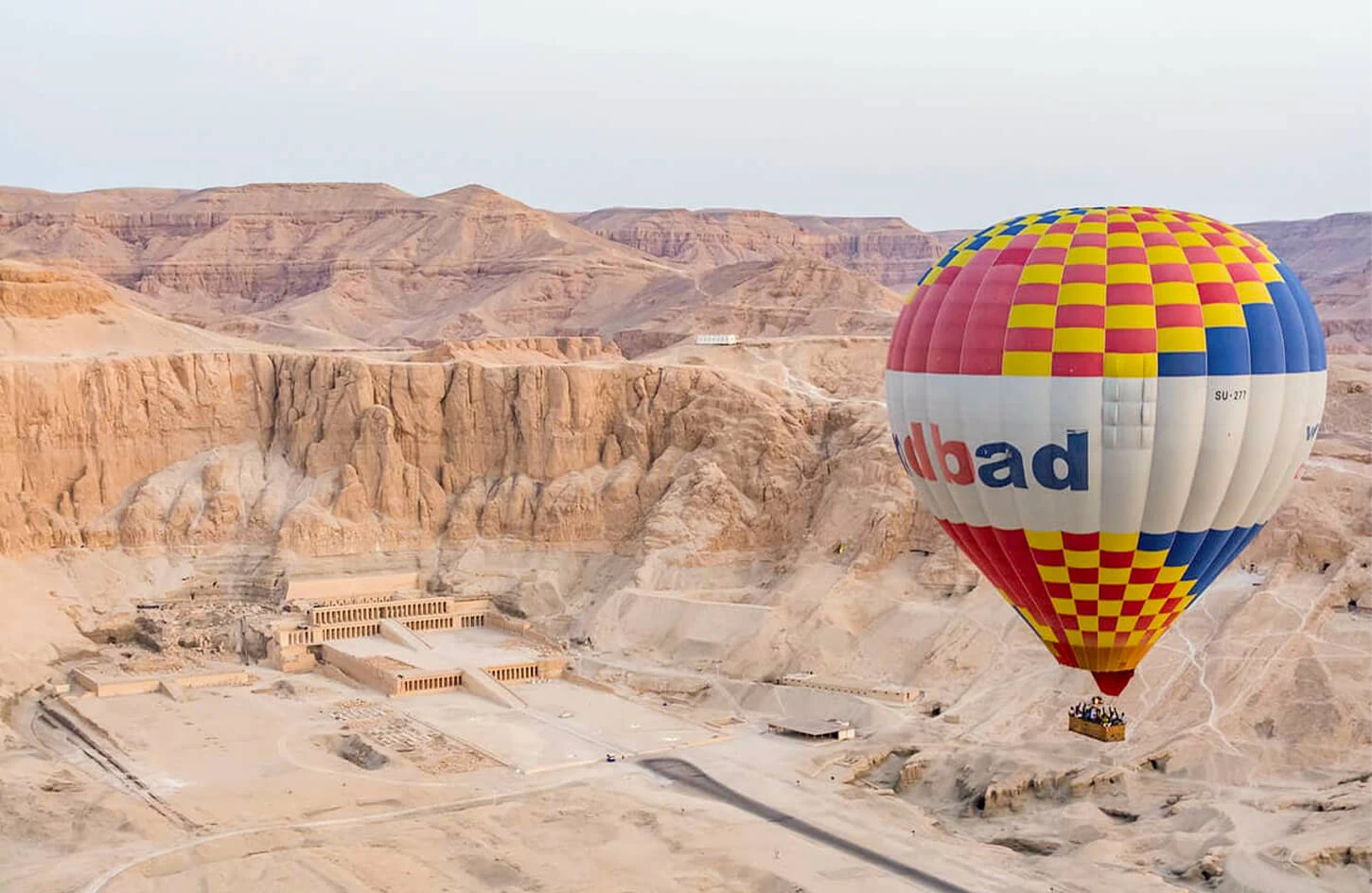
-webp.webp)
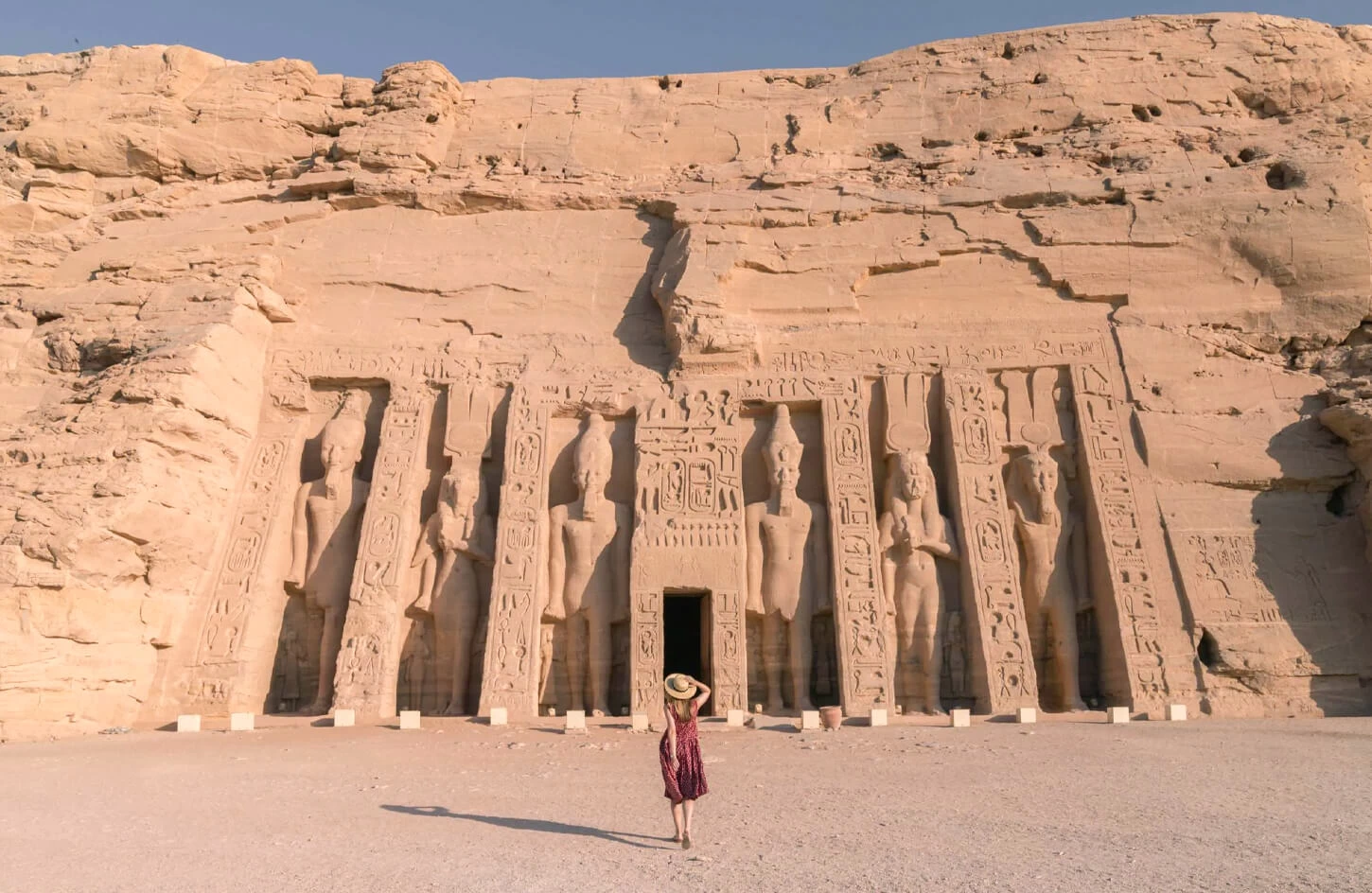



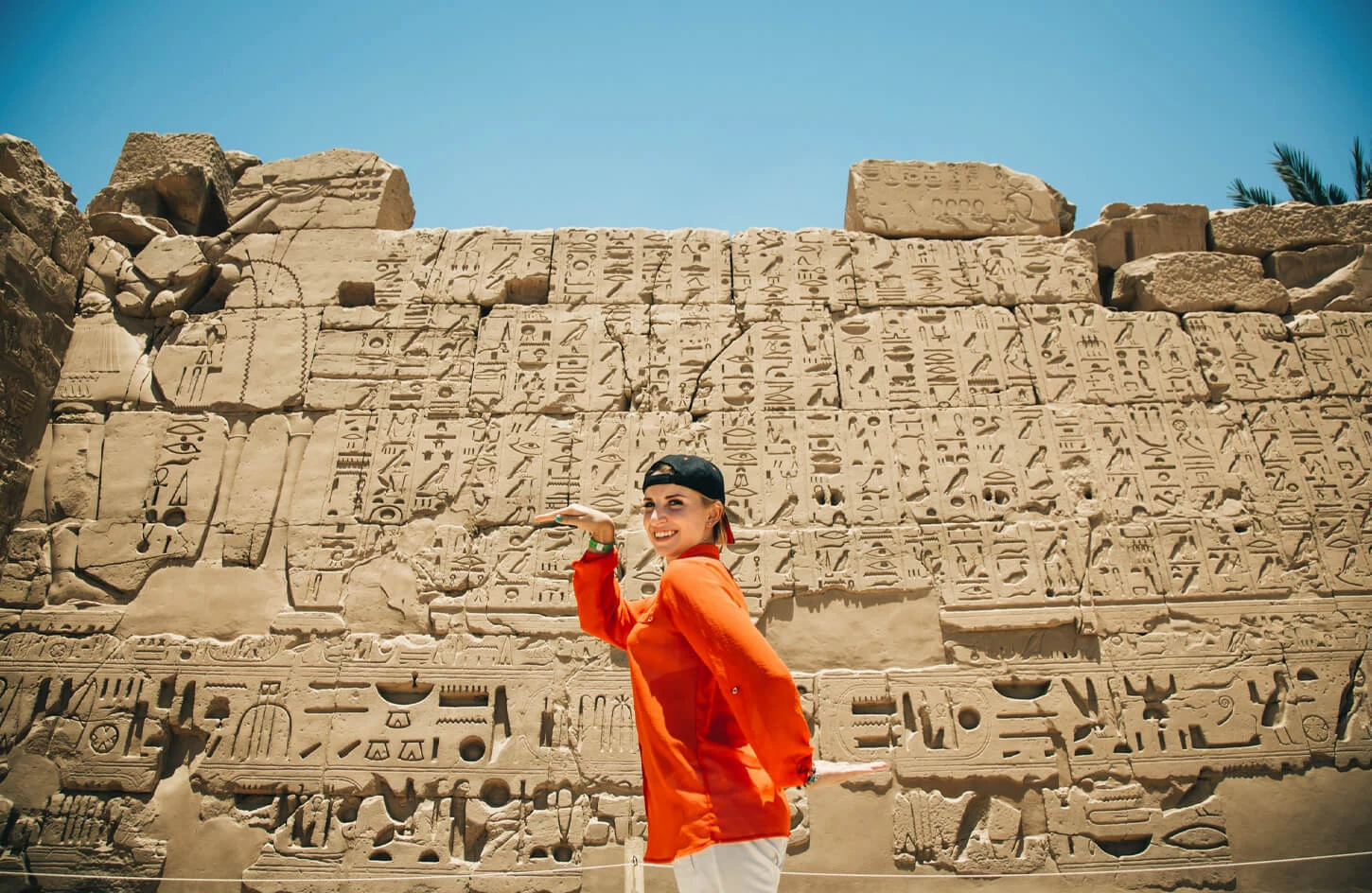
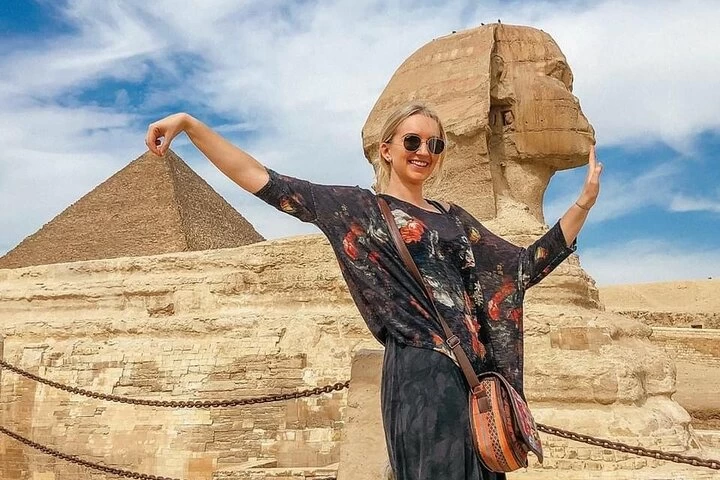

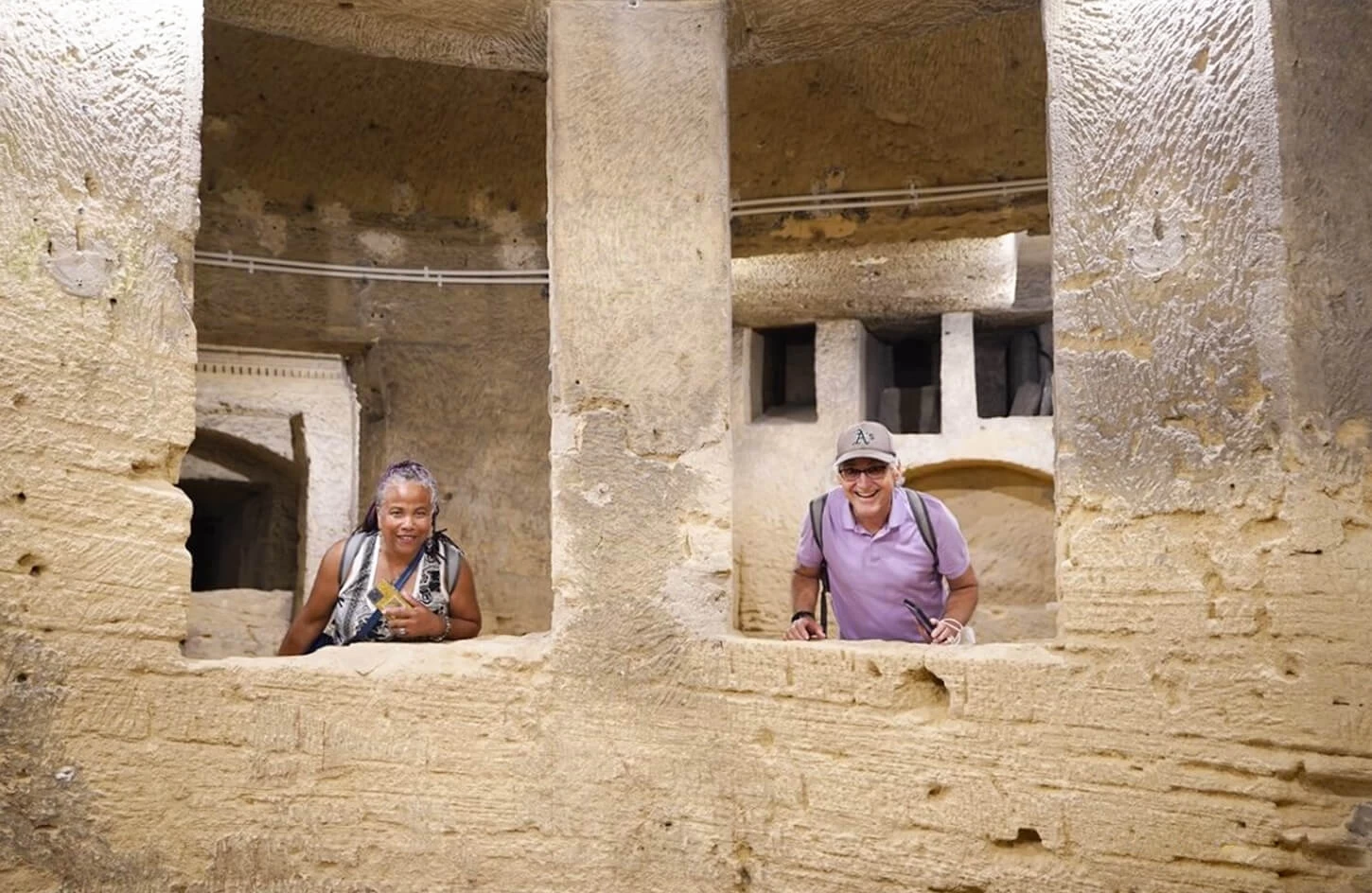

-webp.webp)

